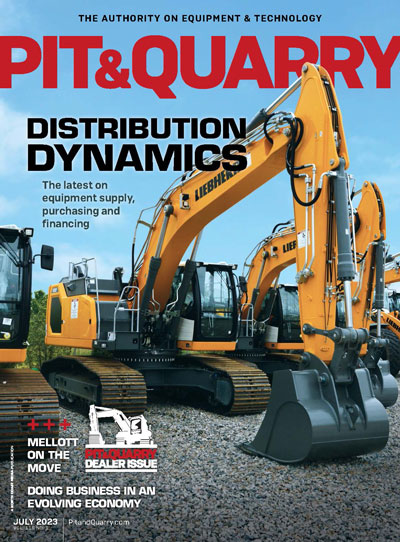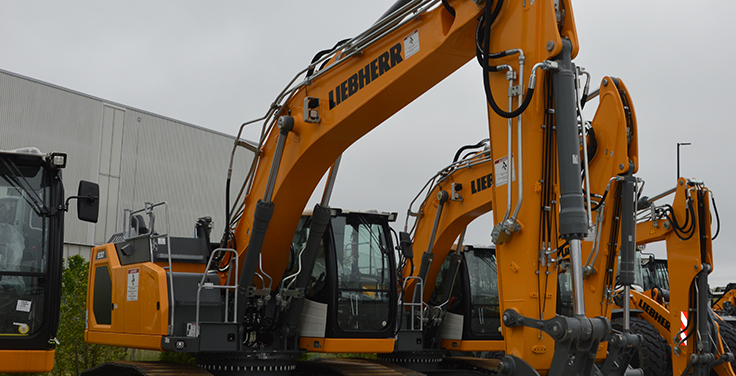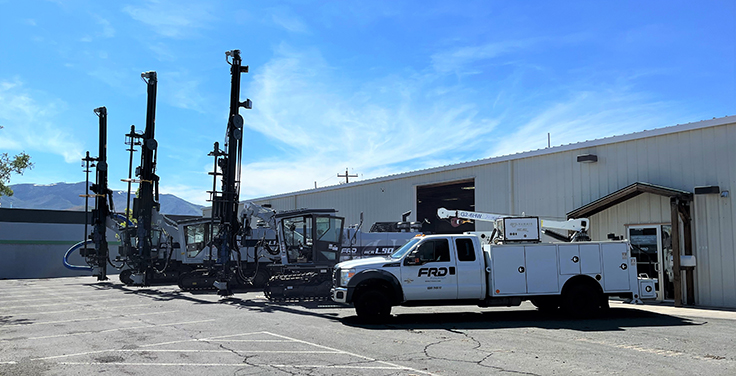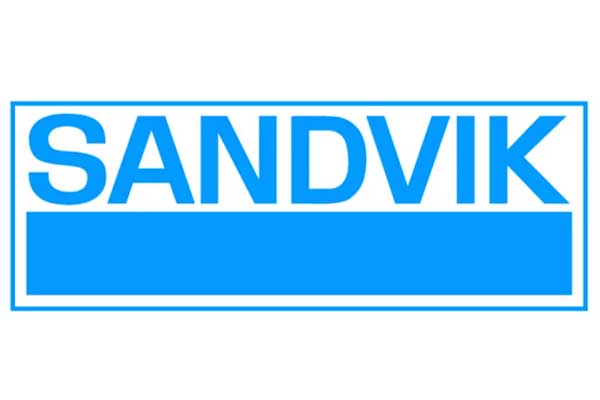
The aggregate industry has been on some kind of run for more than a decade. It’s remarkable when you think about it historically.
U.S. aggregate production dropped dramatically in 2009, and it remained on a lower plane in 2010 and 2011 before ticking upward again and, ultimately, rising to the historically high level we’ve seen over the last few years.
Yes, production slipped in 2020. But COVID did not keep our industry down. Production steadily picked up again in 2021 and 2022, although the U.S. Geological Survey (USGS) reports that it slipped for the second straight quarter in the first quarter this year.
Even then, it’s not like production is tapering off to a level that’s concerning. While USGS says sand and gravel was down 8.8 percent in the first quarter this year, crushed stone was up 1.7 percent. The dip in aggregate volumes can likely be attributed to wet weather in key production regions.
Producers, after all, are keeping busy. The equipment dealers I visited with for Pit & Quarry’s annual Dealer Issue all reinforce the fact that their customers are experiencing good demand for construction materials. Many are operating at capacity, and the mood permeating throughout the industry is positive.
For a while there, producers had all three construction markets – residential, nonresidential and nonbuilding – collectively operating like a well-oiled machine. Residential, of course, isn’t bustling like it was just a few years ago, but producers in many markets are still seeing plenty of activity in nonresidential and nonbuilding. As long as two of the three construction markets are motoring along, producers should feel good and aggregate volumes should keep pace with record highs.
Dealers busy, too

Another indicator of the industry’s health is the activity dealers are experiencing.
Equipment backlogs remain large, and discussions between dealers and producers are already onto 2024. That’s certainly frustrating for salespeople who could easily offload equipment today if they had it available.
Still, the upside is that demand for equipment is strong – and there’s runway for the industry’s more aggressive dealers to grow their businesses over the next 12 to 18 months. How dealers do that, however, will be through strategic planning – some of which is discussed in our Dealer Issue coverage here.
Of course, the business environment right now isn’t perfect. The cost of doing business is more expensive today than it was a couple years ago, but our industry continues to perform year after year.
Related: Assessing the construction materials industry right now
Featured photo: P&Q Staff












